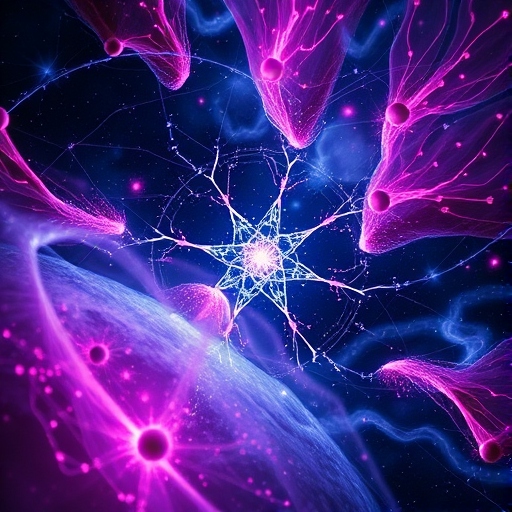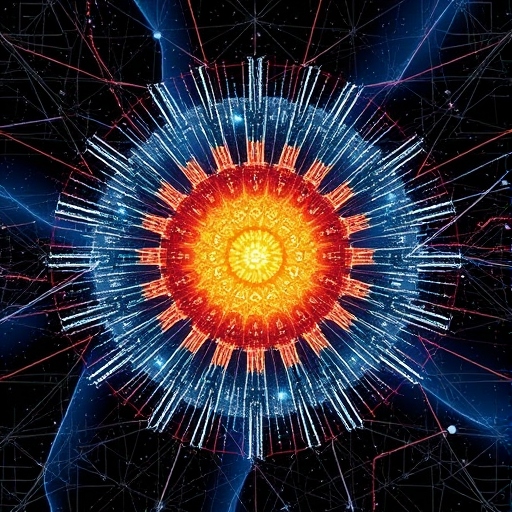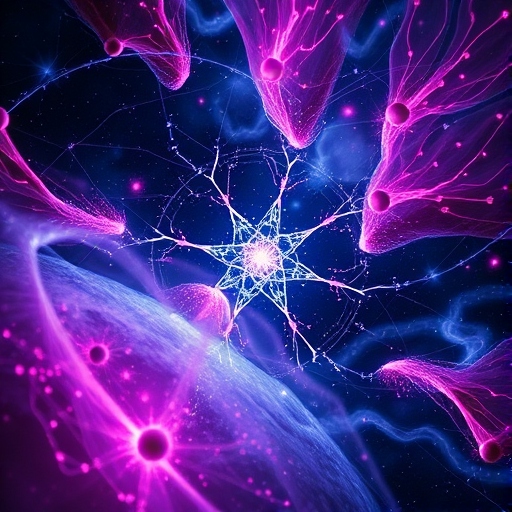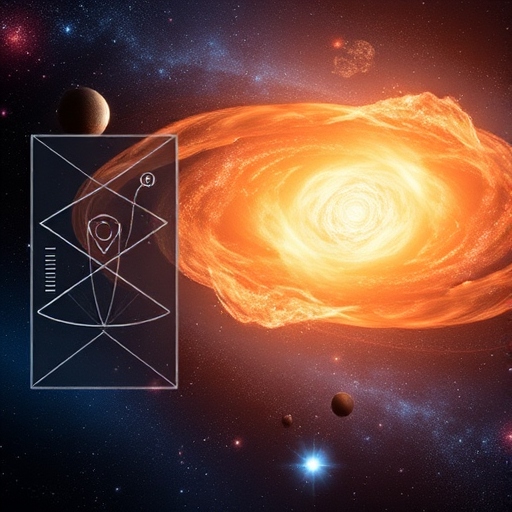
High-energy particle collisions are at the heart of modern physics, offering a powerful way to explore the fundamental nature of matter and energy. By smashing particles together at near-light speeds in particle accelerators, scientists can break apart subatomic particles to investigate the forces and interactions that govern the universe. This field has yielded groundbreaking discoveries that have not only deepened our understanding of physics but also advanced technology in ways that benefit society.
In this article, we explore five major discoveries made possible by high-energy particle collisions and how they have reshaped the landscape of modern physics. From the Higgs boson to the search for dark matter, these advancements illuminate the critical role of high-energy experiments in solving the mysteries of existence.
1. Discovery of the Higgs Boson
One of the most celebrated achievements in high-energy physics is the discovery of the Higgs boson in 2012 at CERN’s Large Hadron Collider (LHC). Often referred to as the “God particle,” the Higgs boson is a cornerstone of the Standard Model of particle physics. Its existence was predicted in the 1960s by Peter Higgs and others, but it took decades of technological advancements and high-energy particle collisions to finally confirm its presence.
The Higgs boson is responsible for giving mass to other particles through the Higgs field, a pervasive energy field that interacts with certain particles. Without the Higgs mechanism, the universe as we know it would not exist. The discovery was made possible by smashing protons together at unprecedented energies and analyzing the resulting debris. This triumph was a defining moment for particle collisions and subatomic particle analysis, proving that theory and experiment could come together to unveil new truths about nature.
The impact of this discovery extends beyond pure science. The technology developed to detect the Higgs boson, including advanced data processing techniques and high-precision sensors, has influenced innovations in fields such as medical imaging and computing, High-Energy Particle Collisions.

2. Confirmation of Quarks and Gluons
In the mid-20th century, the existence of quarks, the fundamental building blocks of protons and neutrons, was theorized but unproven. It wasn’t until the advent of high-energy collisions in particle accelerators that the quark model was confirmed. Particle accelerators such as the Stanford Linear Accelerator Center (SLAC) and CERN provided the energy needed to smash particles and reveal quarks within hadrons.
Quarks are held together by gluons, the carriers of the strong nuclear force, which binds atomic nuclei. Through discoveries from particle collision experiments, physicists observed how gluons mediate interactions between quarks. This breakthrough solidified the framework of quantum chromodynamics (QCD), a key component of the Standard Model.
The role of quarks and gluons in matter formation demonstrates how high-energy particle collisions contribute to understanding the building blocks of reality. The experimental confirmation of these particles not only validated theoretical models but also paved the way for more sophisticated studies into the strong force, one of the four fundamental forces of nature.
3. Uncovering the Nature of Antimatter
Antimatter has intrigued scientists since its theoretical prediction in the early 20th century. High-energy physics has been instrumental in producing and studying antimatter particles, such as positrons (the antimatter counterparts of electrons) and antiprotons. High-energy particle collisions allow physicists to generate and observe these elusive particles in controlled environments.
Experiments at CERN’s Antiproton Decelerator have been vital in understanding how antimatter behaves and interacts with matter. This research has implications for everything from theoretical cosmology to practical technologies like positron emission tomography (PET) scans in medical diagnostics. The continued study of antimatter through high-energy experiments at CERN and beyond seeks to answer one of the most profound questions in physics: why does the universe contain more matter than antimatter?

4. Exploration of Dark Matter and Dark Energy
While dark matter and dark energy remain among the greatest mysteries in physics, high-energy particle collisions play a critical role in the search for these elusive components of the universe. Dark matter, which makes up about 27% of the cosmos, does not emit, absorb, or reflect light, making it invisible to direct observation. However, its gravitational effects on galaxies suggest its existence.
Experiments at the LHC and other particle accelerators attempt to create dark matter particles by recreating the conditions of the early universe. Supersymmetry, a theoretical framework that extends the Standard Model, predicts the existence of particles that could explain dark matter. Collisions involving high energies are essential for testing these theories, as they produce the rare and exotic particles that may reveal the nature of dark matter.
High-energy experiments at CERN and beyond continue to push the boundaries of our knowledge, with detectors designed to capture the subtle signals of dark matter interactions. These endeavors highlight how high-energy particle collisions connect the microscopic world of particle physics to the vast expanse of cosmology.
5. Evidence for the Early Universe and Cosmic Evolution
The study of high-energy particle collisions offers a glimpse into the conditions of the universe moments after the Big Bang. In these extreme environments, temperatures and densities are so high that ordinary matter breaks down into a quark-gluon plasma, a state believed to have existed in the first microseconds of cosmic history.
Experiments conducted at the Relativistic Heavy Ion Collider (RHIC) and the LHC have recreated this plasma, providing valuable insights into the behavior of matter under extreme conditions. By studying how quarks and gluons interact in this state, physicists gain a better understanding of how the universe evolved from its earliest moments to its current structure.
Advancements in high-energy physics technology have made it possible to probe these extreme states of matter, connecting the smallest particles to the largest-scale phenomena. This interplay between particle physics and cosmology underscores the unifying power of science in explaining the universe’s origins.

The Role of High-Energy Physics in Future Discoveries
The discoveries made possible by high-energy particle collisions have already transformed our understanding of physics, but many unanswered questions remain. What lies beyond the Standard Model? Are there undiscovered particles or forces waiting to be found? Future projects, such as the proposed Future Circular Collider (FCC) at CERN, aim to reach even higher energy levels to explore these mysteries.
The development of more powerful accelerators and more sensitive detectors will enable deeper insights into uncharted territory. The role of high-energy physics in science is not just about solving theoretical puzzles; it drives technological advancements that benefit society in areas such as energy generation, materials science, and computing.
Conclusion
High-energy particle collisions are a cornerstone of modern physics, providing unparalleled insights into the universe’s fundamental workings. From confirming the Higgs boson to exploring the mysteries of dark matter, these collisions enable discoveries that reshape our understanding of nature. The advancements in technology and theory driven by these experiments demonstrate the interconnectedness of physics, technology, and society. As future generations of scientists build on these achievements, high-energy particle collisions will remain at the forefront of scientific exploration, continuing to illuminate the deepest questions about existence and reality.
If you want to read more: CLICK HERE
